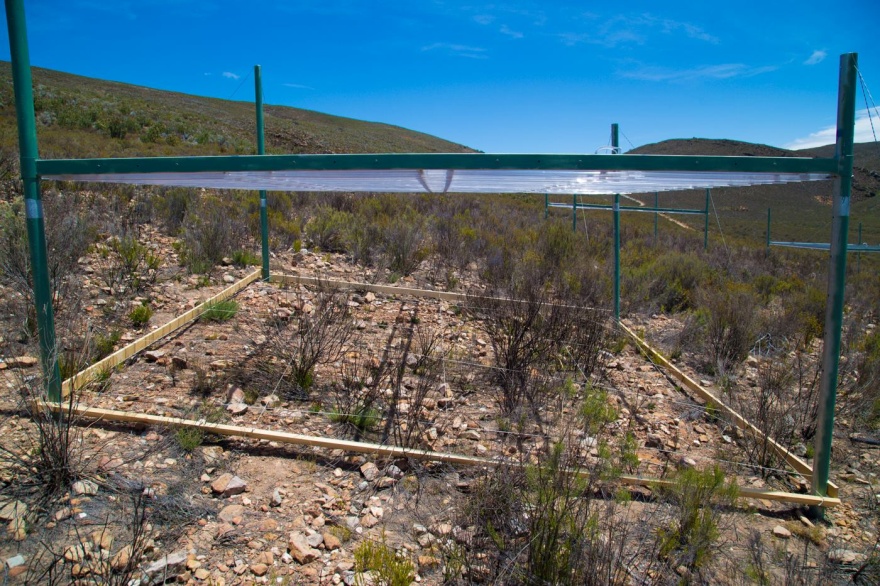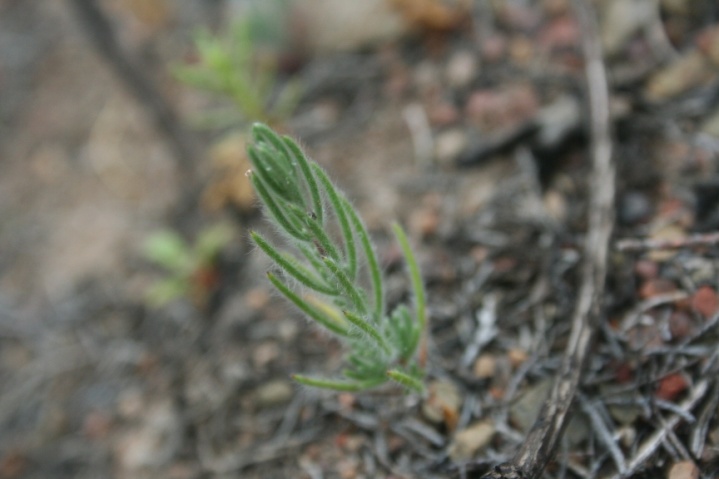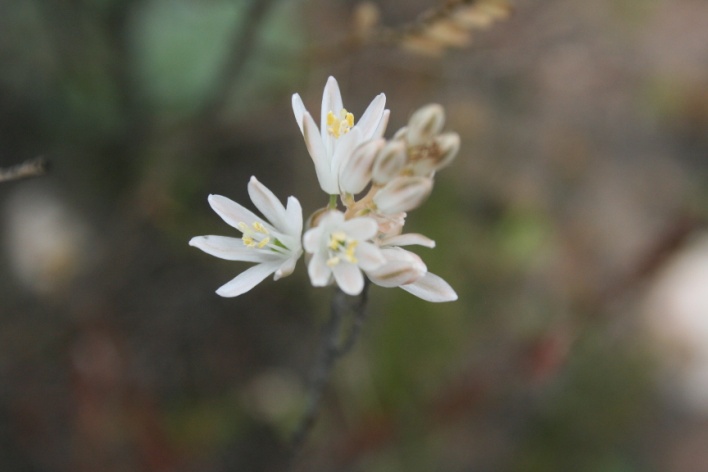Post-fire research in experimental burn plots in Driekuilen Nature Reserve


In November 2016, six months after the experimental burning of 12 Fynbos and 12 Renosterveld plots within Driekuilen Nature Reserve, MSc graduate, Justin van Blerk, and Timm Hoffman, Director of the Plant Conservation Unit, headed out to conduct the first of many post-fire vegetation-recovery surveys. The objective of the surveys was to monitor and record the pattern of post-fire vegetation recovery in the face of climate change and in particular, changing rainfall seasons. Recovery in both vegetation types will be monitored underneath treatment plots, where rainfall seasonality will be experimentally altered, as well as in control plots where the normal rainfall regime will be allowed to continue. In treatment plots, winter rainfall will be reduced and summer irrigation will be introduced. In control plots the typical pattern of winter rainfall and summer drought will be allowed to continue. After many months of hard labour, the setup of 24 unique ‘rainfall manipulation structures’ is complete and they are ready to be put into action (see YouTube video of some of this work: https://www.youtube.com/watch?v=INK-MzUiz6U)! This study forms part of a large-scale experiment led by Adam West from the Department of Biological Sciences at the University of Cape Town. Other colleagues, such as Edmund February, are also involved in the study which uses rain out shelters to test the response of Fynbos and Renosterveld vegetation to the anticipated changes in rainfall seasonality.
Justin and Timm spent a long week in the field counting, measuring and photographing thousands of emerging seedlings in treatment and control plots. Using a string grid, plants were carefully counted and measured meter by meter until all 384 m2 of the total plot area had been surveyed. This dataset will serve as a baseline from which seedling recruitment, survivability and mortality can be calculated in subsequent surveys. We might expect dramatic changes in the vegetation recovery patterns when comparing control and treatment plots. These changes could be induced by differences in the survivability and competitiveness of certain plant functional types when exposed to different rainfall patterns. The establishment of new plant types which were absent from these systems before could also be an expected result. The surveys will form part of a larger campaign to try and understand changing seasonality in fire-prone ecosystems where we will also conduct investigations into plant phenology and physiology.


The first post-burn survey in Fynbos and Renosterveld revealed an incredible diversity of species emerging from the ashes just months after the fire. Some plants appeared to have re-sprouted from burnt stems while others had established themselves from seed.




We are all excited to see how plant cover and species composition will change over the next ten years throughout the duration of this experiment. We expect that that the results will help to inform land owners, reserve managers, biodiversity managers, farmers etc in the future so that everyone can plan effectively for the landscape changes to come.
We are extremely grateful to NCC for giving us permission to establish the rain out shelters on Driekuilen and to the management and staff of the reserve for providing material and logistic support.
Photographs taken by Justin van Blerk and Timm Hoffman
